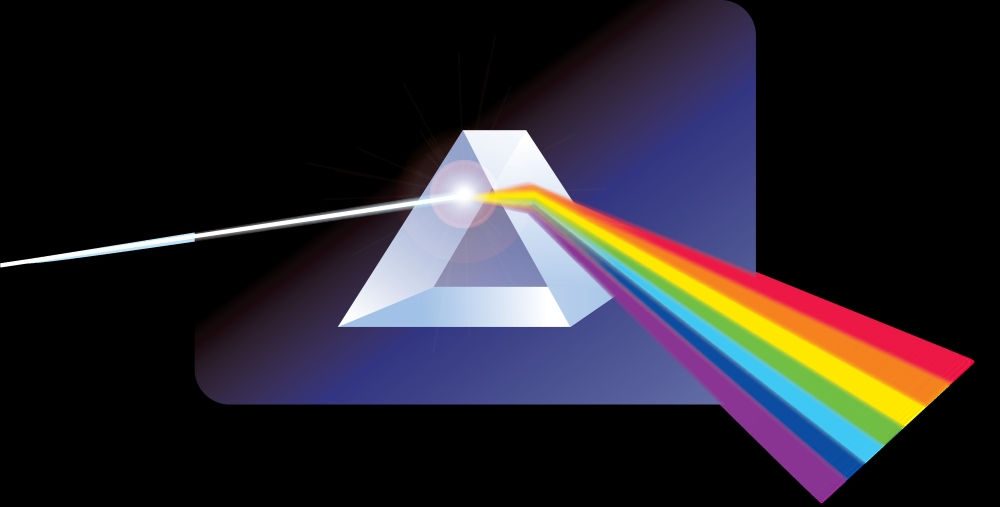By Jackie Trischman
Did you know that the world around us is filled with different types of lightwaves? From the warm glow of the sun to audible radio waves and invisible gamma rays, electromagnetic waves (action between particles that have an electric charge) surround us. But did you know that there's more to light than meets the eye? Let’s explore the amazing world of the electromagnetic spectrum!
- Radio waves have the longest wavelengths. They are used to send signals for radios, televisions, and even cell phones.
- Microwaves have slightly shorter wavelengths and are commonly used for cooking food in microwave ovens.
- Infrared light has longer wavelengths than visible light, and we can feel it as heat. In fact, some animals, like snakes, can see in the infrared part of the spectrum!
- Visible light is what we can see with our eyes. It includes all the beautiful colors of the rainbow, from red to violet.
- Ultraviolet light has shorter wavelengths than visible light. This kind of light can give us sunburn if we’re exposed to it for too long.
- X-rays have even shorter wavelengths and are used by doctors to see inside our bodies.
- Gamma rays have the shortest wavelengths. They are produced by nuclear reactions and are used to treat cancer.
Understanding the electromagnetic spectrum is important because it allows us to see and communicate with each other. Without it, we wouldn’t have televisions, radios, or even cell phones. It also helps scientists explore the world around us. For example, telescopes like the James Webb Space Telescope, use different parts of the spectrum to study distant stars and galaxies.
The electromagnetic spectrum is a rainbow of light waves that surround us — but we only see a small part of it. From radio waves to gamma rays, each type of light has its own properties and uses. By understanding the electromagnetic spectrum, we can appreciate the beauty and importance of light in our everyday lives.
To learn more about the electromagnetic spectrum, check out these links:
NASA’s Introduction to the Electromagnetic Spectrum — a guide to specially designed for kids
Jackie Trischman is Dean of the College of STEM at California State University San Marcos.


